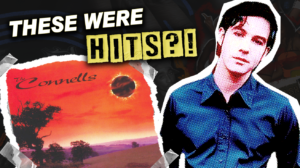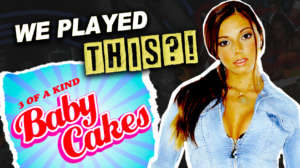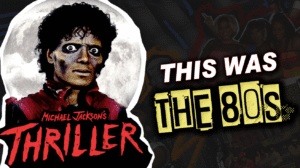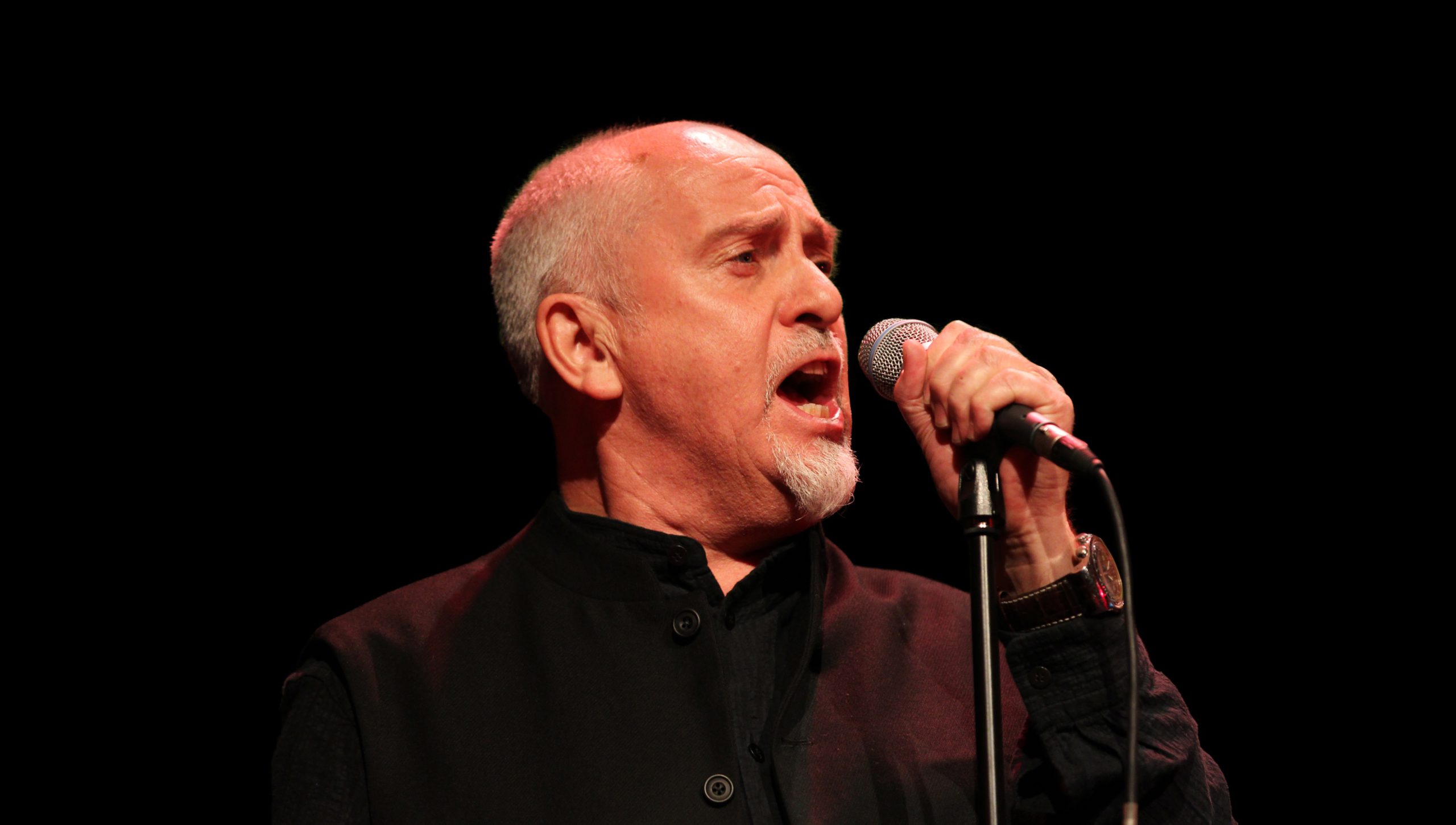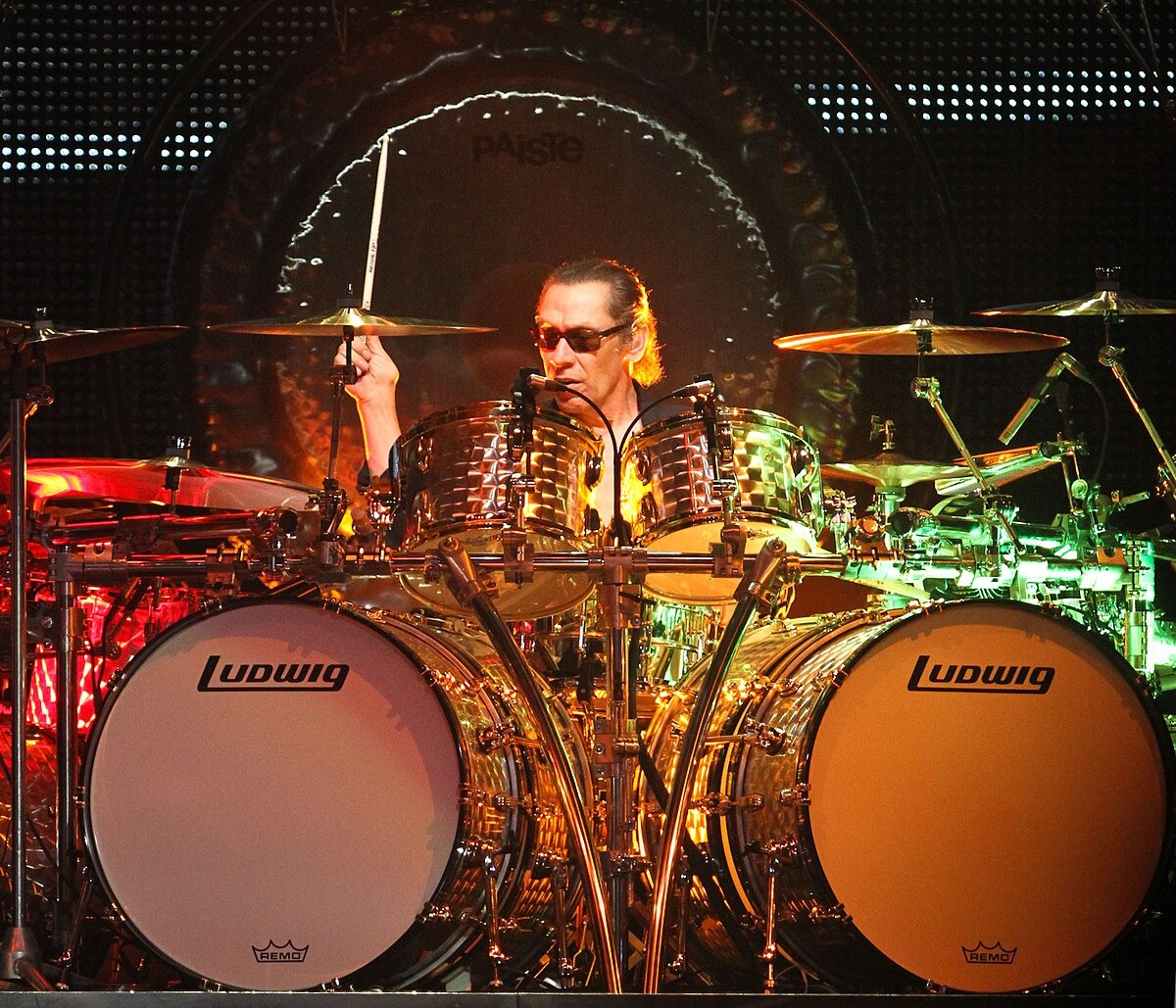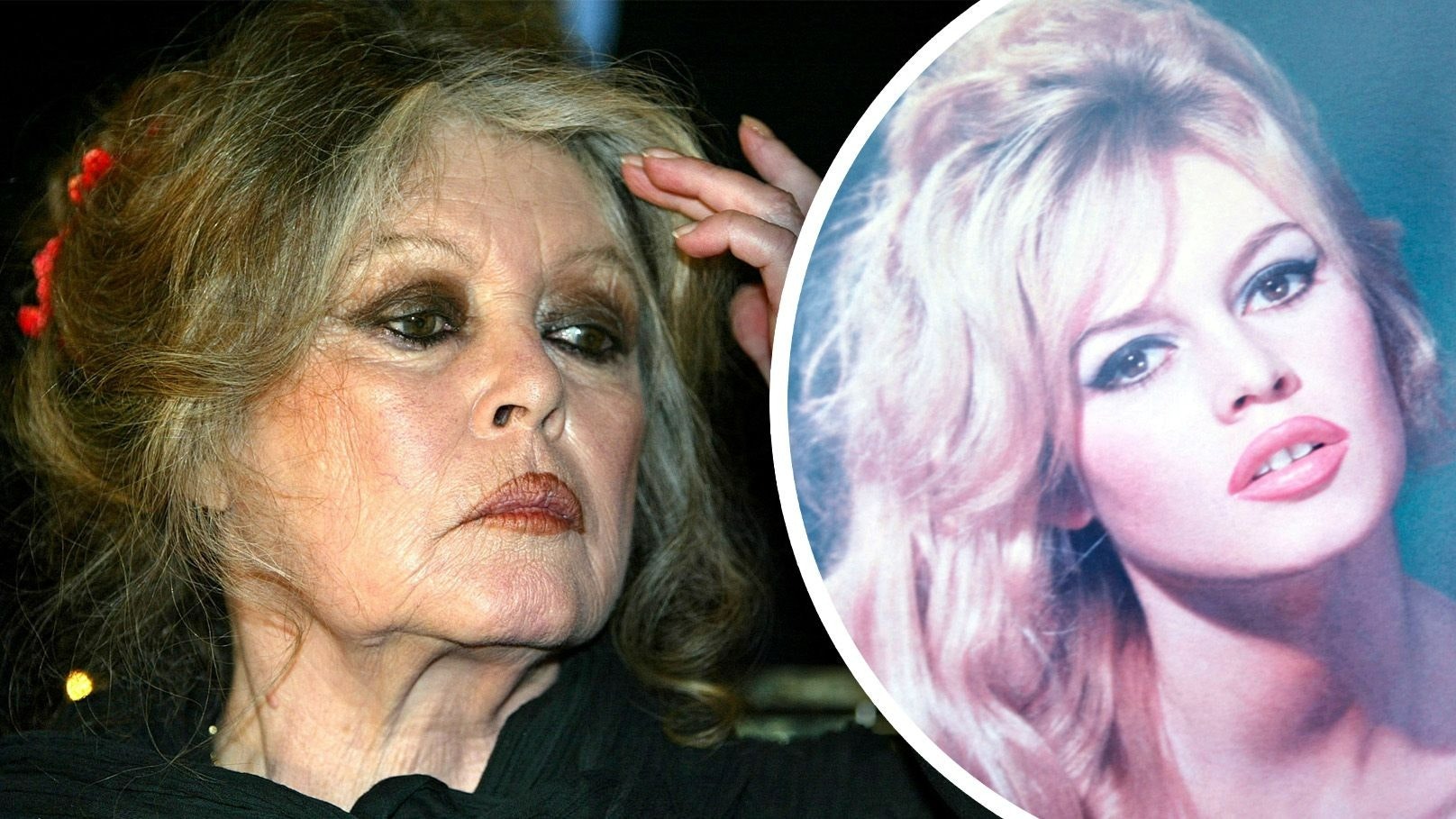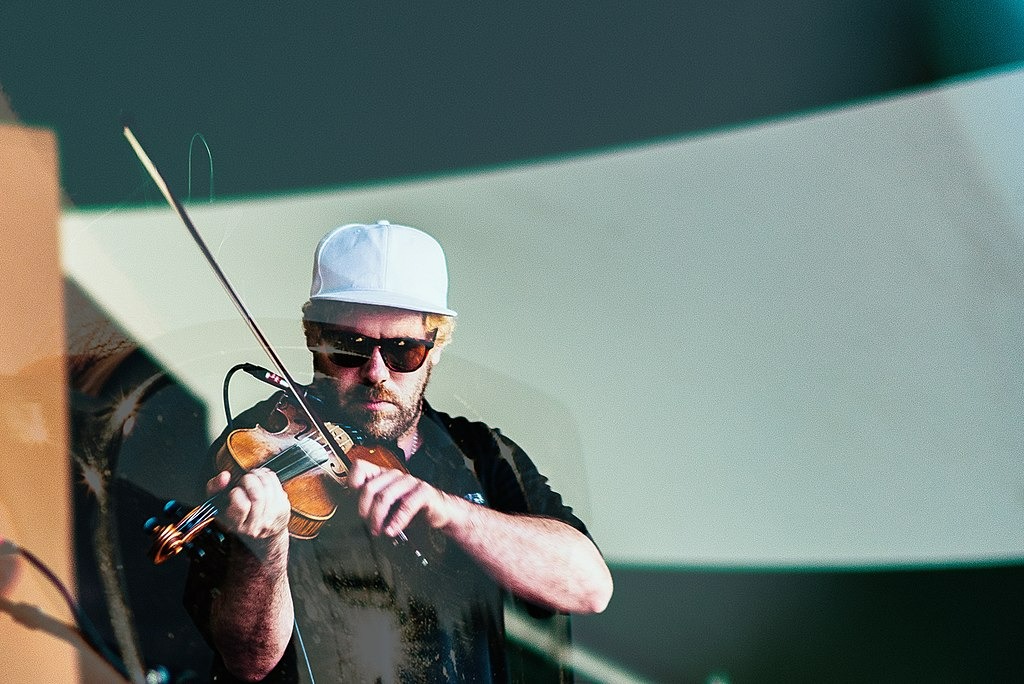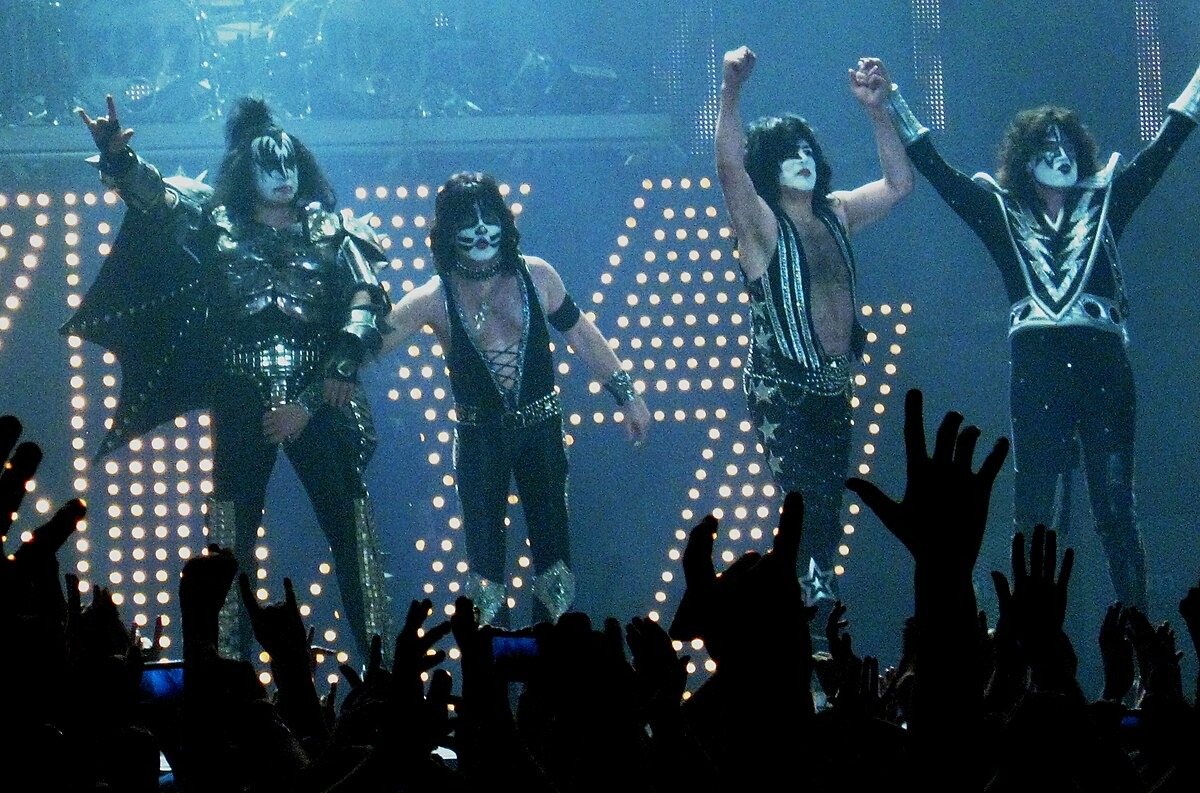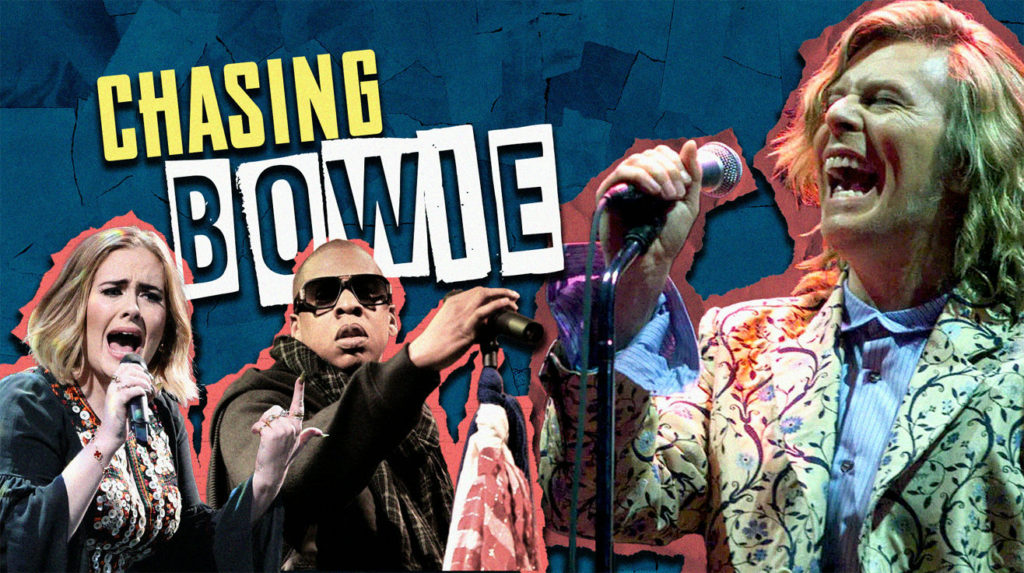
Glastonbury stands as music’s ultimate proving ground, where musical legends are born and genres get bulldozed. Since 1970, this Somerset sanctuary has served as the industry’s most influential stage, where careers pivot on single performances and cultural boundaries dissolve under pyramid-stage lights.
These six performances shifted the entire landscape of what festivals could be. Each set represents a seismic moment when artistry met opportunity, creating ripple effects that still influence booking decisions and stage productions decades later.
6. Glastonbury’s Enduring Cultural Impact
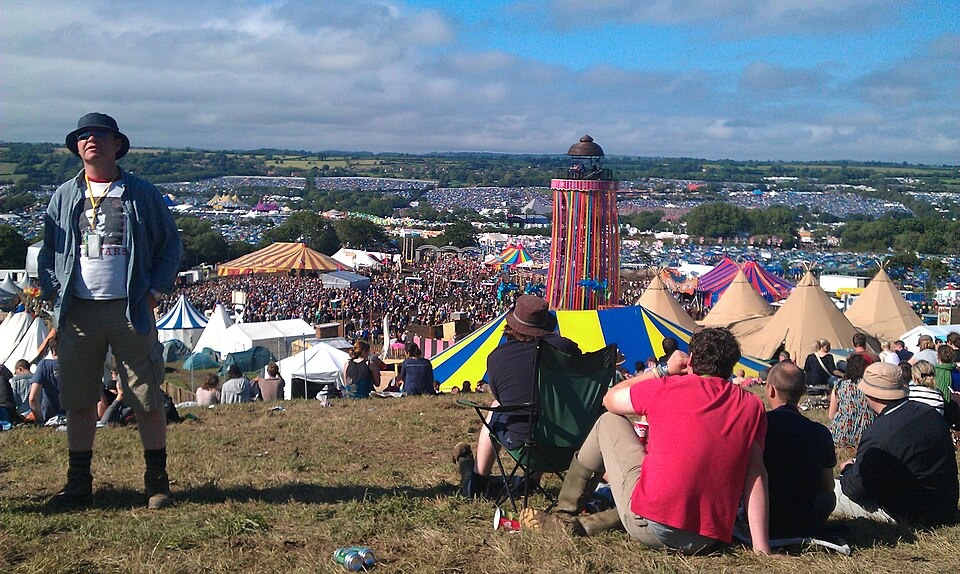
This festival reshapes music culture annually without breaking a sweat. Each June, Worthy Farm becomes the center of the musical universe where genres collide and careers launch. Rock, electronic, folk, hip-hop, and everything between converge here with equal respect and billing, creating a musical democracy that most festivals only pretend to offer.
Green initiatives started in the 1980s, proving sustainability and spectacular performance can coexist beautifully. The festival books acts that create cultural moments rippling through the industry for years. Artists know a Glastonbury headline slot changes everything, transforming good musicians into legends and legends into cultural institutions.
Some of these Glastonbury sets not only redefined what a headline act could accomplish but also joined the ranks of history-making concerts whose influence ripples far beyond the festival grounds.
5. David Bowie’s 2000 Triumph
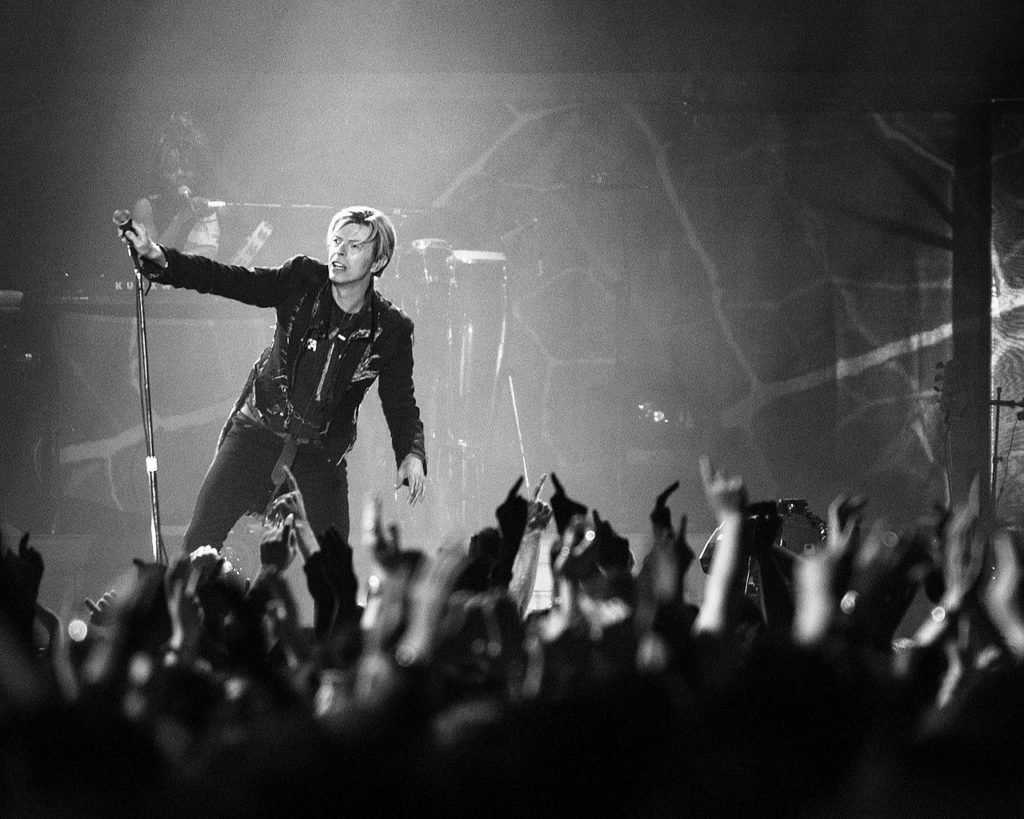
The Starman descended on Worthy Farm like he owned the place—which, artistically speaking, he did. Bowie’s 2000 headliner was a masterclass in stage presence. His setlist featuring “Changes,” “Life on Mars?,” “Ashes to Ashes,” and “Starman” read like a greatest-hits compilation that somehow felt fresh and urgent.
Draped in that distinctive Moroccan-style robe, Bowie commanded attention without trying. The performance wasn’t broadcast live, adding mystique to an already legendary night and creating the festival equivalent of a secret-society meeting. Twenty-five years later, artists still chase the standard he set—that perfect balance of theatricality and authentic connection.
4. Radiohead’s 1997 Unforgettable Set
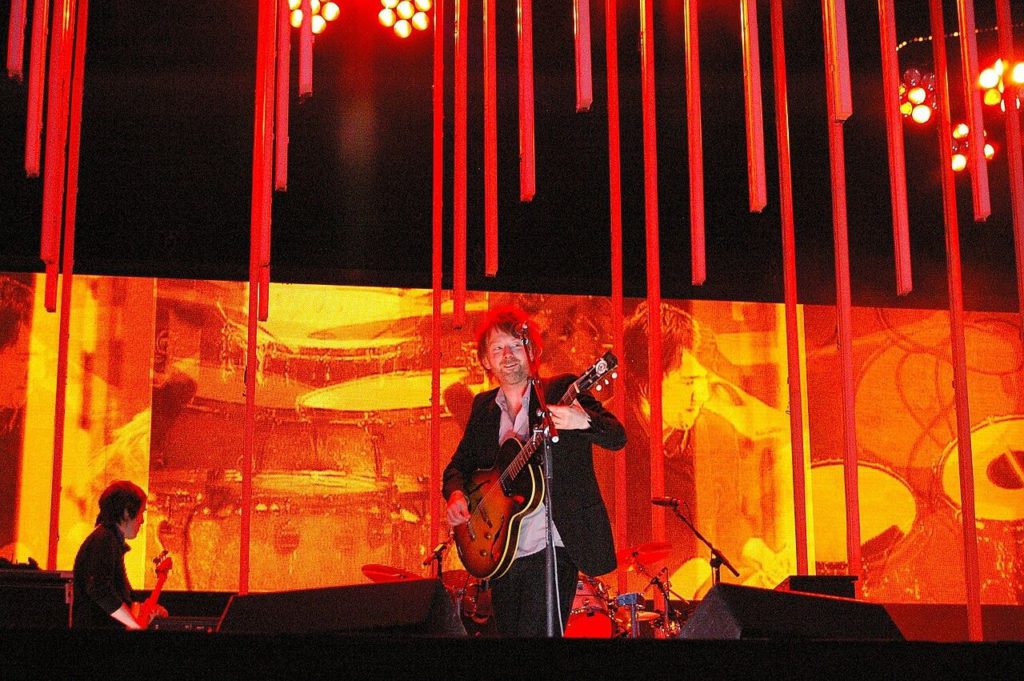
Technical disasters couldn’t stop musical perfection from happening. Radiohead’s 1997 appearance occurred two weeks after OK Computer dropped—talk about perfect timing for a generational statement. Sound issues plagued the entire show, with Thom Yorke nearly walking off stage like a temperamental studio session gone wrong.
“Paranoid Android” and “Karma Police” became festival folklore despite the chaos. Their persistence in the face of adversity joins the ranks of music festival disasters that became part of festival folklore, showing that magic sometimes emerges from chaos. They pushed through equipment failures with determination that matched their artistic ambition. Every alt-rock act since has chased this standard of emotional intensity mixed with technical innovation. Millennial angst found its soundtrack that rainy June night.
3. Jay-Z’s 2008 Watershed Performance
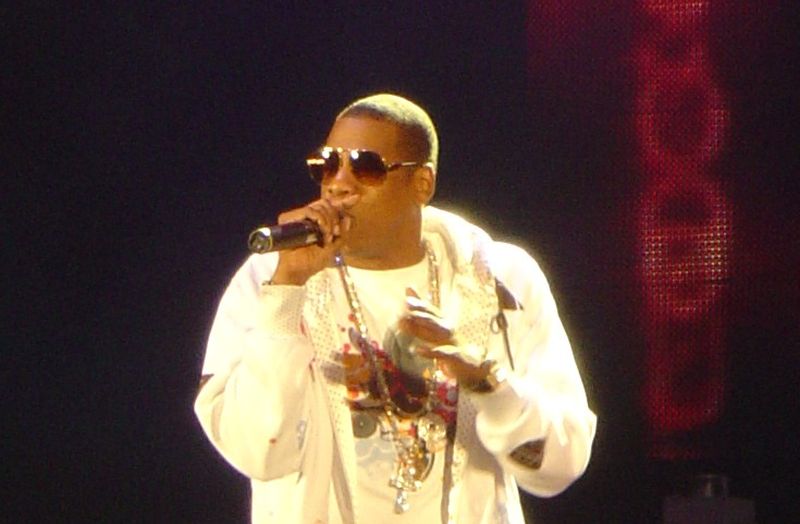
Hip-hop had never headlined Glastonbury. Jay-Z changed that with swagger and a perfectly timed middle finger to tradition. His opening “Wonderwall” cover dismantled criticism in Somerset while proving he understood the assignment completely—like showing up to a black-tie dinner in perfect formal wear, then casually mentioning you designed the tuxedo.
Skeptics called it controversial before the show even started. Fans called it genius afterward. The evening demolished genre barriers that had stood for decades, opening floodgates for every rapper, pop star, and electronic artist who headlines major festivals today. Jay-Z obliterated the festival playbook with one perfectly orchestrated evening.
2. Adele’s 2016 Vocal Mastery
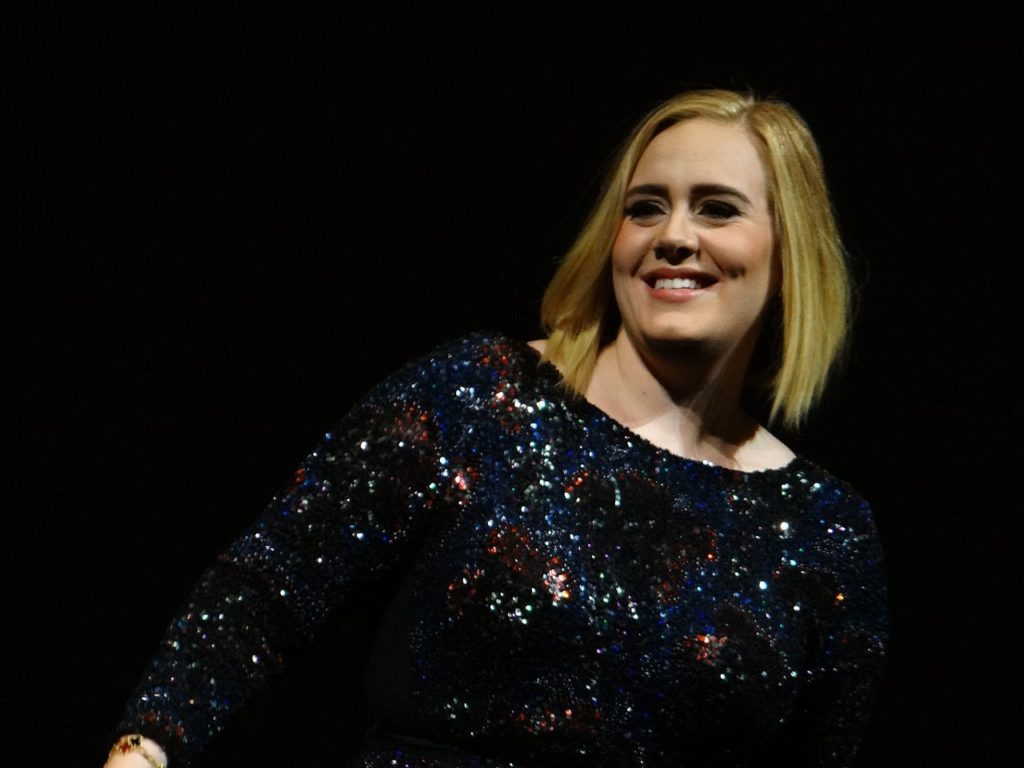
Raw emotion meets stadium-level power without losing intimacy. Adele proved you don’t need pyrotechnics when you’ve got pipes that can reach the cheap seats and break hearts simultaneously. Her minimalist approach allowed pure artistry to dominate, stripping away festival excess to reveal emotional truth.
“Hello,” “Someone Like You,” and “Rolling in the Deep” hit different under those festival lights, while her between-song banter felt like chatting with your most honest friend. She turned massive crowds into confidants, creating connection in a medium built for spectacle. The evening redefined what pop headliners could accomplish at festivals. Authenticity won over spectacle, and the industry took notes.
1. The Rolling Stones’ 2013 Historic Debut
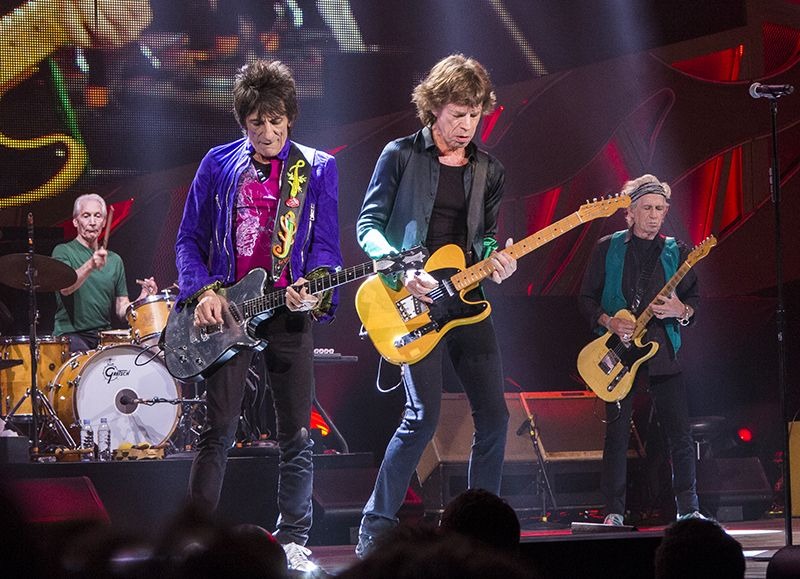
Sixty years of rock history crashed into one unforgettable night. The Rolling Stones finally graced Glastonbury in their seventies, moving like teenagers with half-century resumes and enough swagger to power the entire festival. Their historic debut became an instant classic, proving legacy acts belong alongside fresh faces.
“Gimme Shelter,” “Paint It Black,” and “Jumpin’ Jack Flash” proved these songs still matter in youth-obsessed culture. Mick Jagger worked that crowd harder than artists half his age, while Keith Richards made every riff count with surgical precision. The technical execution was flawless—professional sound engineering met decades of stage experience. Sometimes experience demolishes youth entirely.




